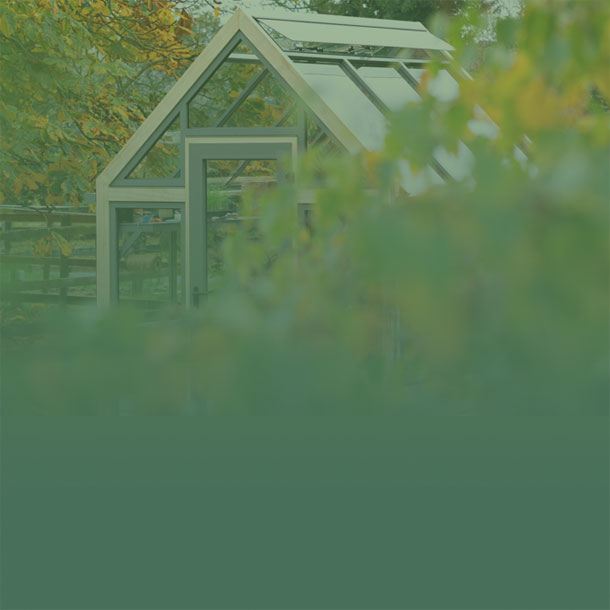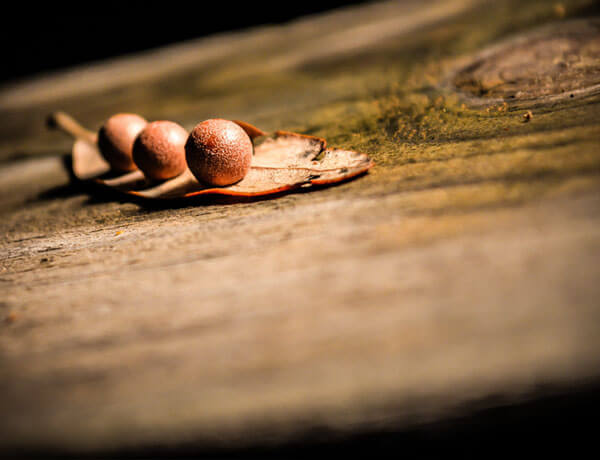-
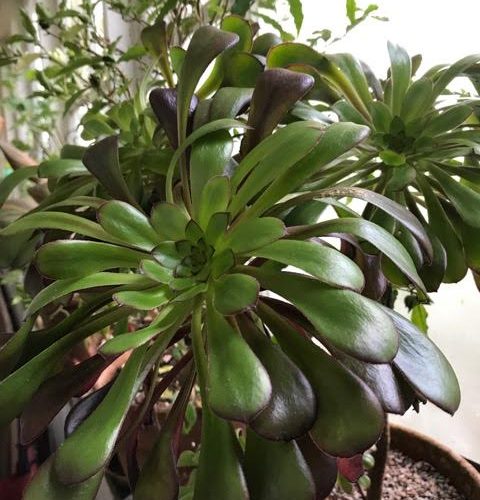
Time to Go Undercover
14th November 2017 • In The Garden • Stephanie DonaldsonAfter weeks of commenting on how many summer and autumn flowers have continued to flower their socks off, winter is now making itself felt as temperatures have plummeted. In this sheltered coastal garden we seldom have frosts, but there are still plants that will be much happier undercover instead of taking their chances outdoors. So, rather like the alpine farmers taking their animals to lower pastures, this week I’ve been moving plants to places where they can shelter for the winter.
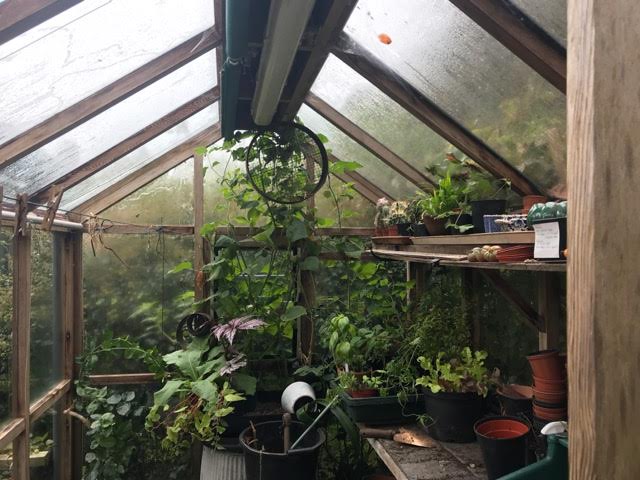
The greenhouse is too small for most of them and will soon be pressed into use for seed sowing, so the plants end up in a variety of places depending on how much attention/warmth they will need in the coming months and – equally importantly – how precious they are to me.
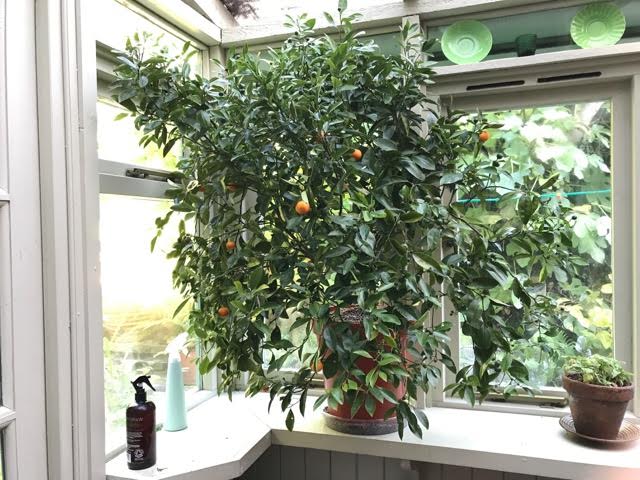
My three citrus trees used to be small enough to all come into the kitchen for the winter, but now that they are substantial shrubs there is only space for one. They take turns indoors and this year it’s the Calamondin Orange that gets to enjoy the limelight. Although the light is good enough to prevent leaf fall, it’s really a bit too warm, so the tree sits in a gravel-filled saucer and is spritzed regularly with water. I keep the soil just damp (with rainwater) and feed once a month with a winter citrus feed. And I check regularly for scale insects –a healthy tree may show no sign of any infestation outdoors, but once indoors they may emerge and need dealing with as soon as possible. I’m not keen on using systemic insecticides and generally wipe the leaves with methylated spirits but the tree is now of a size that this may be far too Herculean a task, especially as the Calamondin has many small leaves, unlike the larger leaves on the other trees. If the tree does need treating, I will move it outdoors on a fine day to do it and leave it outside for as long as possible before bringing it back inside, later the same day.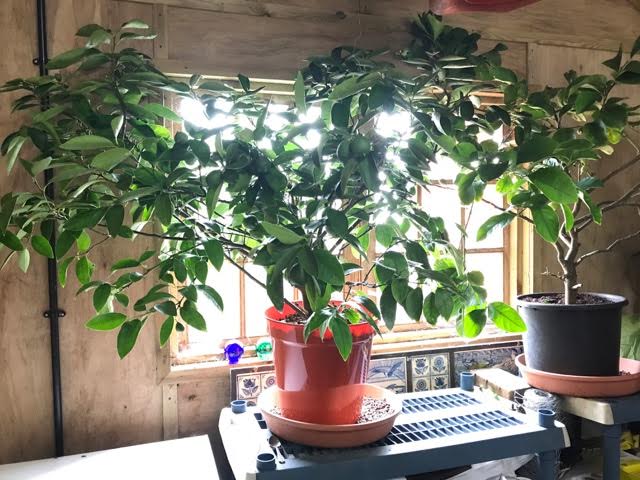
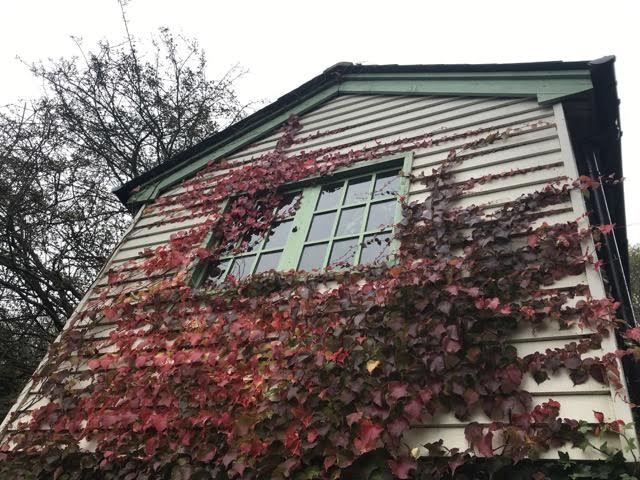
Meanwhile, the lemon and the lime are spending the winter in front of the window at the end of the garage. It’s the nearest I get to an Orangery! Ideally, the window would be larger, but I turn the plants when I remember and feed and water from time to time. They don’t mind the chill provided they are kept on the dry side. I’ve visited proper orangeries where conditions seem less hospitable with very low light levels and it’s similarly cold but frost-free.
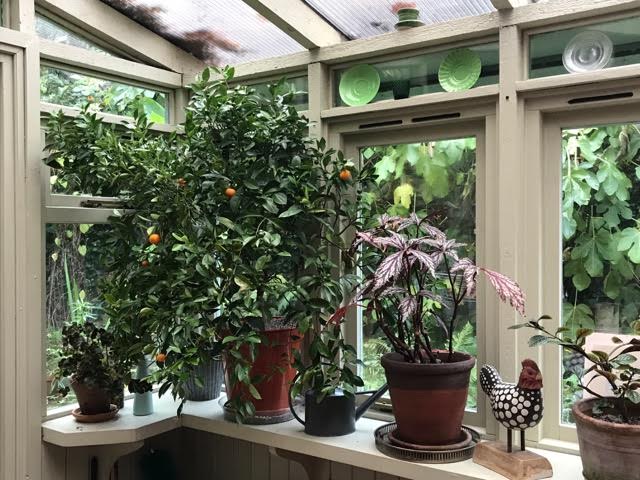
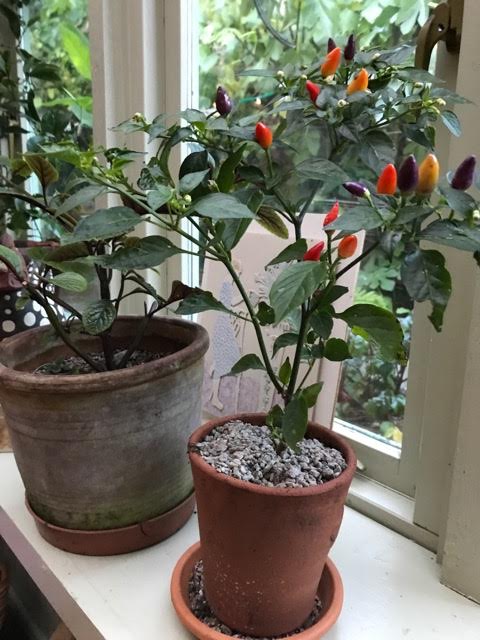
I’ve potted up a chilli to join the orange in the kitchen, partly so I can continue harvesting chillis, but also because it’s an attractive plant – as are the begonias and plectranthus that have also made it to the kitchen windowsill.

Our house is on the left behind the tree – the rest is next door, the conservatories now long gone
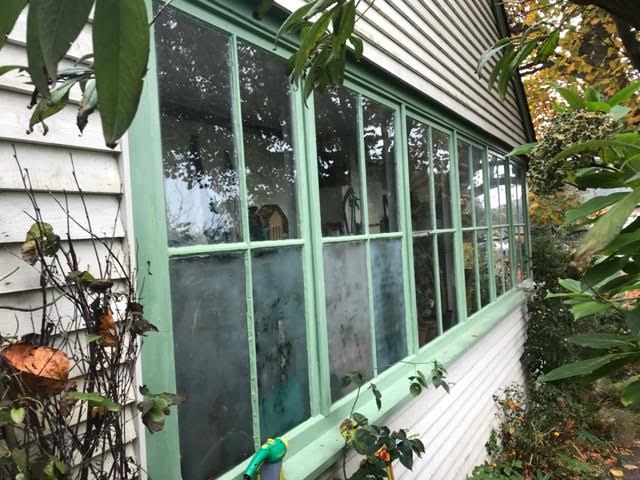
Our long thin conservatory. The majority of the other plants overwinter in what is optimistically referred to as the conservatory. A bit of history. Early in the 20th century this house and the one next door was run as a school for young ladies. What is now our sitting room was the gymnasium, at the end of which was a long narrow glazed corridor where I suspect they hung their coats and kept their plimsolls. This is now the conservatory where pelargoniums, aeoniums, begonias, salvias and sundry other plants tick over in a frost-free, but unheated space.
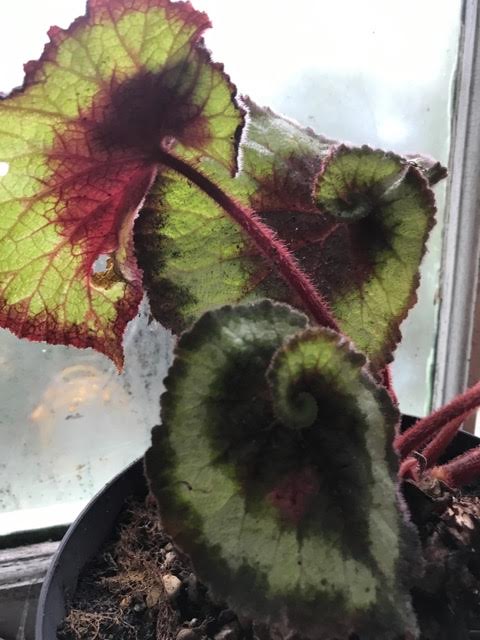
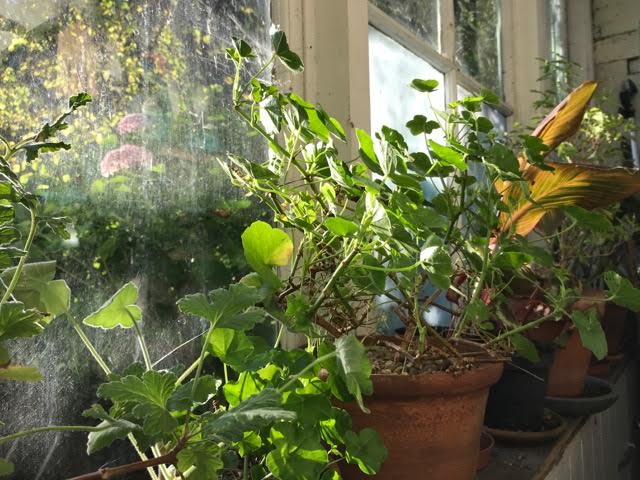
There are several plants that are too large to bring undercover and I deal with these as best I can – a favourite canna takes cover in the log store, the jovellana must take its chances sheltered beneath the mimosa tree and the pot grown agapanthus will be packed with straw around the leaves and covered with fleece. The brugmansia will be cut hard back and given the same treatment as the agapanthus and I will also take some cuttings.

Canna in the log store

Jovellana sheltering beneath the mimosa
Finally, young plants that are still growing on in pots are moved into cold frames where they can grow strong roots during the winter and be in tip top condition for spring planting.
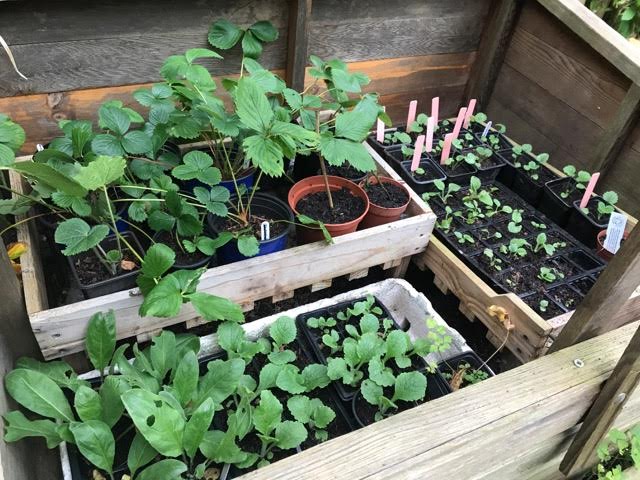
The other vital task at this time of year is to remove all the saucers from beneath the remaining outdoor pots. This will protect both the clay pots and the plants from frost damage caused by saucers filled with cold, or even frozen water.

